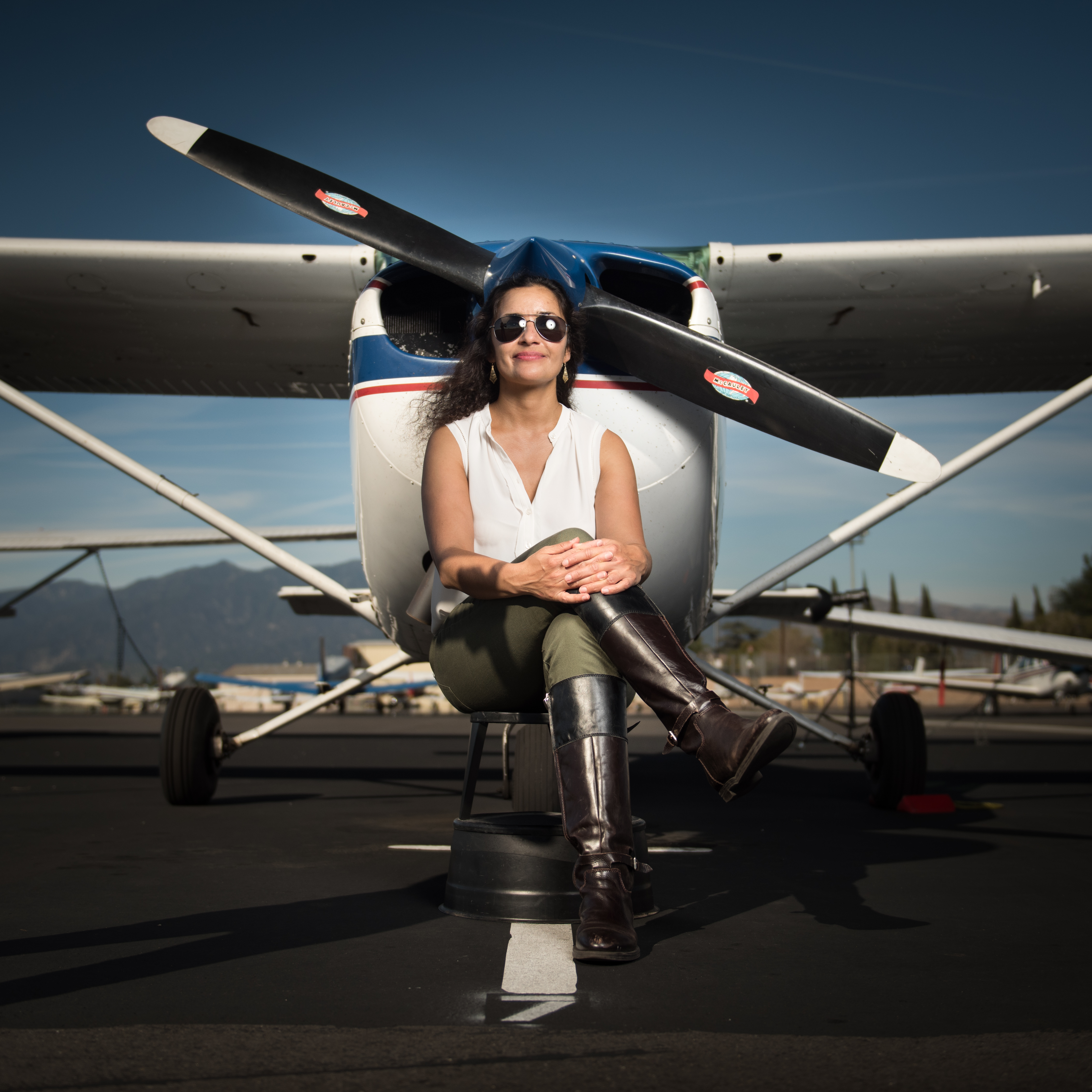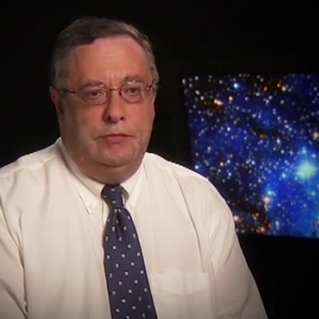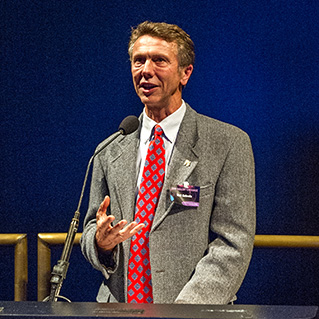People
Anita Sengupta
Former Engineer
Jet Propulsion Laboratory

Editor's Note: Anita is continuing her career as an aerospace engineer in private industry. She left the Jet Propulsion Laboratory in 2017.
Anita Sengupta embraces engineering extremes, from the design of a probe for scorching-hot Venus, to Mars parachutes that deploy at twice the speed of sound, to experiments that will travel 17,150 mph in free-fall around Earth, onboard the International Space Station.
The Cold Atom Laboratory (CAL) not only will be moving fast, it will be the coldest spot in the Universe. The instrument, which won Popular Mechanics Breakthrough award for 2016, will use lasers to push against atoms to slow them down.
“At these incredibly cold temperatures, atoms do something unusual – they move together in unison, like a wave,” she says. “This can give us insight into the quantum realm and explain strange properties, like superfluidity and superconductivity.”
Known as Bose-Einstein condensates, these clouds of atoms have been made in labs on Earth where they’re affected by the pull of gravity. In the space station’s microgravity, the cloud of atoms can be made much colder – a billion times chillier than the vacuum of space. Microgravity also will allow the atom clouds to persist longer. “On the ground, we can only observe them for a millisecond before they fall out of the trap, due to the pull of gravity.”
This “cloud in a box” experiment is highly sensitive to all kinds of fields, including gravity and earth’s magnetic field. The instrument could help us better understand the nature of dark matter, gravity, and how complexity arises in the universe.
In the realm between caution and risk, Sengupta finds her balance. She loves to ride motorcycles through mountain canyons, but these days she’s more often zooming through the skies in a Cessna Skyhawk. Practicing for her pilot’s instrument rating, she says, is one of the toughest challenges she’s ever faced. “Flying in clouds, you don’t have any visual cues. You have to rely on the instruments, which can contradict what you’re feeling, and you have to overcome that.”
In Her Own Words
Where are you from?
I was born in Glasgow, Scotland and moved to New York when I was three. I've been in California for the past 15 years for graduate school and NASA.
Describe the first time you made a personal connection with outer space.
When I was six years old, I watched the original series "Star Trek" reruns with my dad and the "Doctor Who" original series on Public Television. The concept of alien worlds and civilizations made me wonder what else was out there and what I could do to be a space explorer.
The sky is not the limit—only the beginning.
How did you end up working in the space program?
I always wanted to, so I chose aerospace engineering as my major, and went through and got my master's and Ph.D. in the same field. My first job was working in the aerospace industry for Boeing. I worked on the cryogenic propulsion system for the Delta IV launch vehicle, microgravity flight tests for the X37 vehicle and XM Radio Satellite ion propulsion system. I got hired at JPL three years later and worked on the DS1/Dawn ion propulsion system (which was the topic of my Ph.D. research), Mars Science Laboratory parachute system, SAGE Venus Entry System, Mars Ascent Vehicle, and now an atomic physics facility for the International Space Station (the Cold Atom Laboratory).
Who inspired you?
Mr. Spock, Data, the Doctor, my mom and dad.
What is an instrument mission project manager?
I have led the design, development, fabrication, and now integration and test of the Cold Atom Laboratory mission. I am the team leader, chief advocate, spokesperson, and soon to be mission manager when we go into operations in 2017. We are less than one year from delivery for a launch on SpaceX 13 to the International Space Station. It has been the greatest personal growth of my career to become a project manager. It has also been the coolest; we are going to make the coldest spot in the universe on board the ISS.
Tell us about a favorite moment so far in your career.
Landing the Curiosity rover on Mars. I worked for many years on the supersonic parachute development (also known as the "seven minutes of terror"), specifically understanding how the parachute would behave in the supersonic flow on Mars. After years of testing in wind tunnels and conducting computer simulations to make sure it would be strong enough to do the job, it was the technical highlight of my career when it landed safely on August 5, 2012.
What advice would you give someone who wants to take the same career path as you?
If you put your mind to something tangible, it will happen. We dream to collect our thoughts for where we want our tomorrow to be. If you want to be part of the space program, you will be if you work hard, study hard and pursue your passions.
What do you do for fun?
I am a private pilot and fly all over the southern California area as part of the Caltech flying club to places like Big Bear, Death Valley, Mohave, Santa Barbara and Las Vegas.
I ride a sport bike on weekends, so you can find me carving through the canyons on Angeles Crest Highway, the Santa Monica Mountains and down Pacific Coast Highway. I also like to snowboard and run.
I am a research professor at USC where I teach undergraduates how to design spacecraft and entry, descent and landing systems. I love sharing my experiences with the next generation of engineers.
I love to do space exploration public outreach because I think the message of space exploration is inspirational to people from all walks of life. I have been all over Southern California, the U.S. and several countries talking to students and the public about Mars exploration and the real Martian, Curiosity. I want to make a difference and be a positive role model, encouraging girls and underrepresented groups to pursue careers in science, technology, engineering and math.
What advice would you give a student interested in science, math or engineering?
There is no better training than an engineering degree, and you will learn how to solve problems and find new solutions. Take as many math and science classes as you can in high school and then pursue an undergraduate degree in the topic area that fascinates you most. The sky is not the limit—only the beginning.




